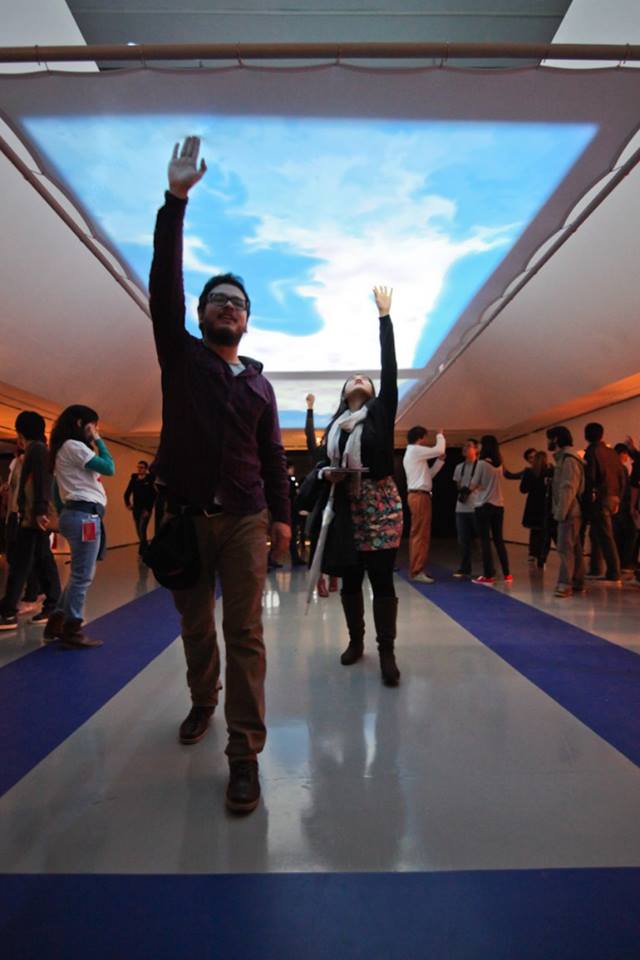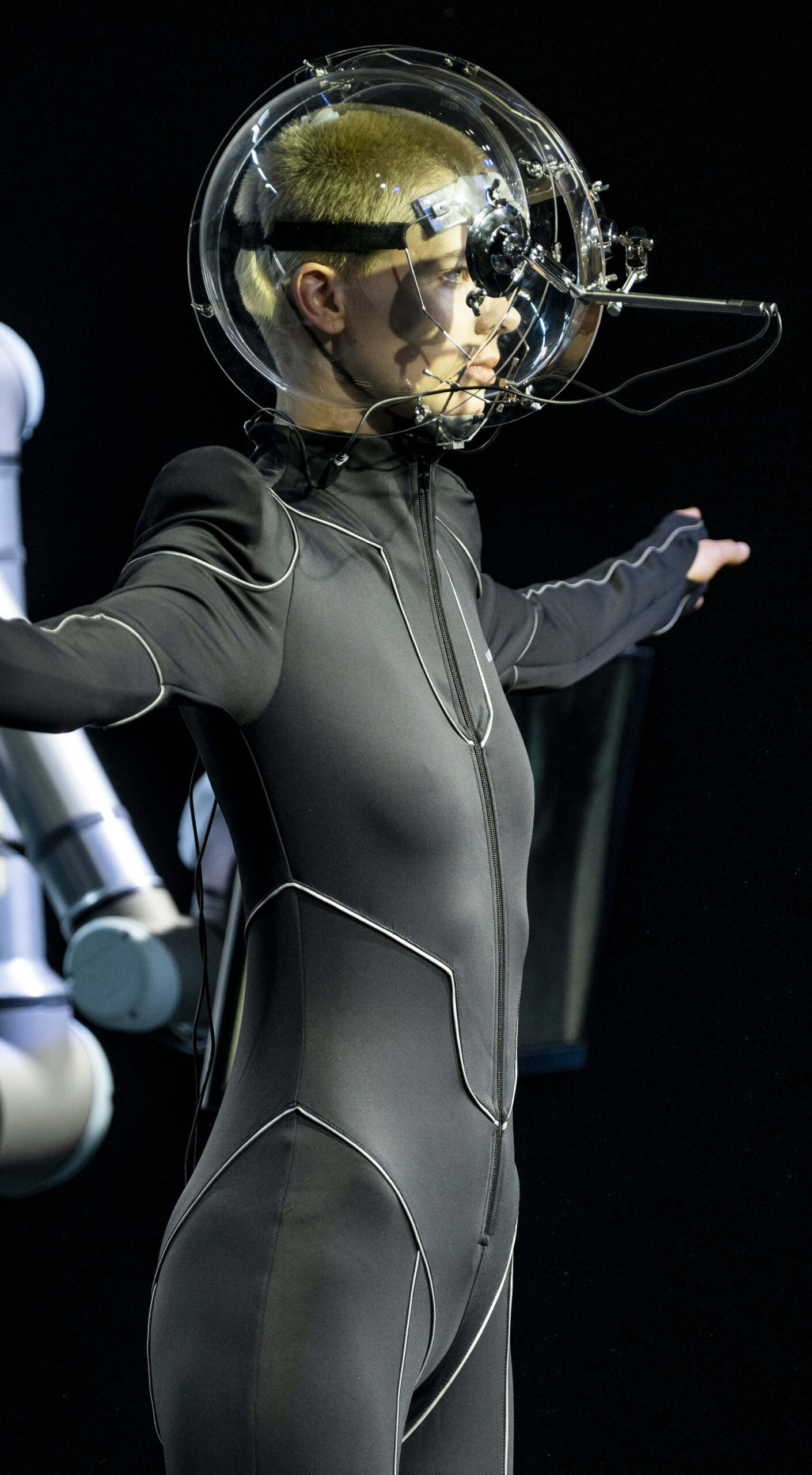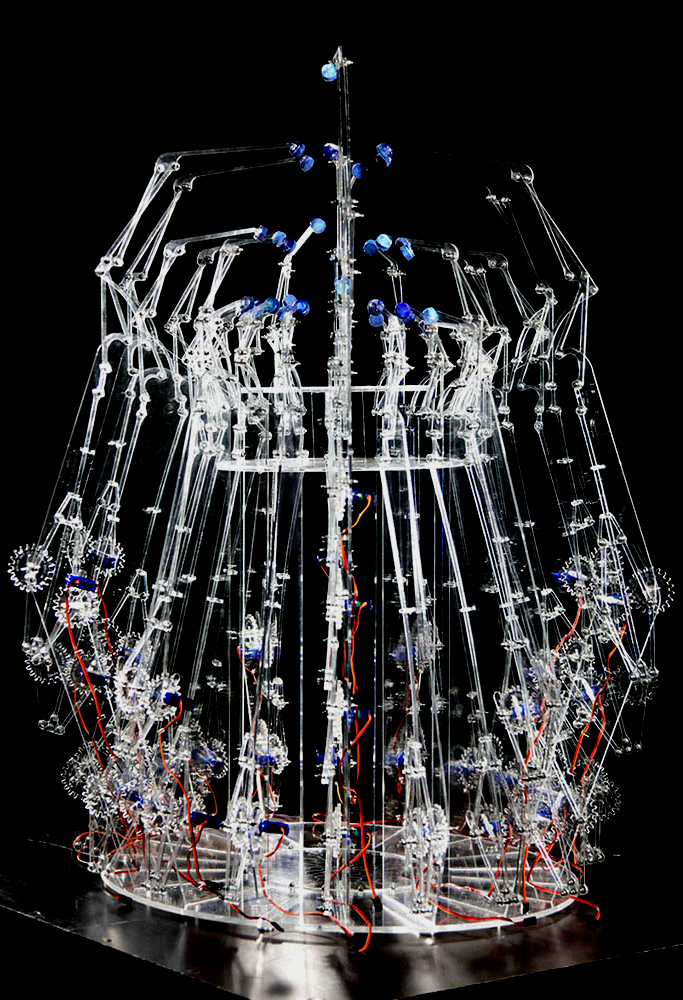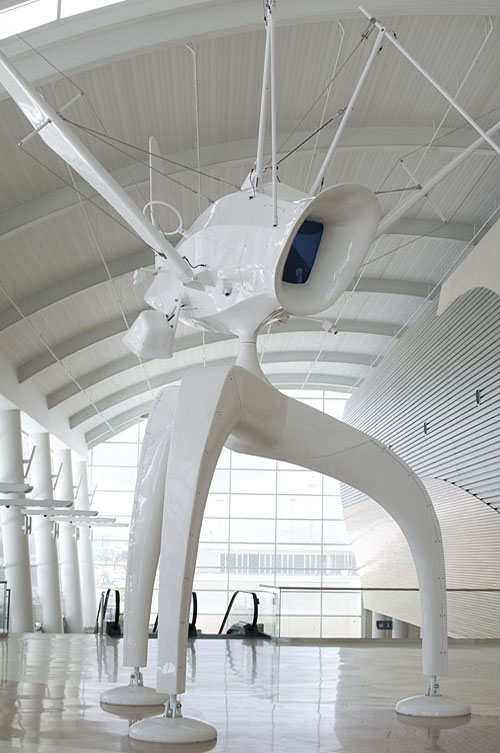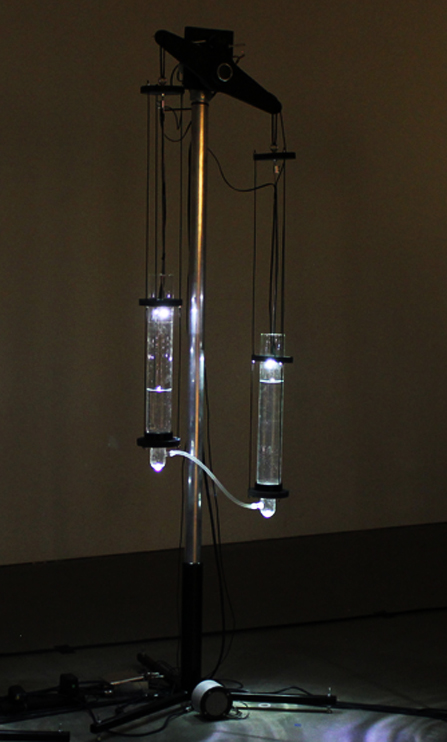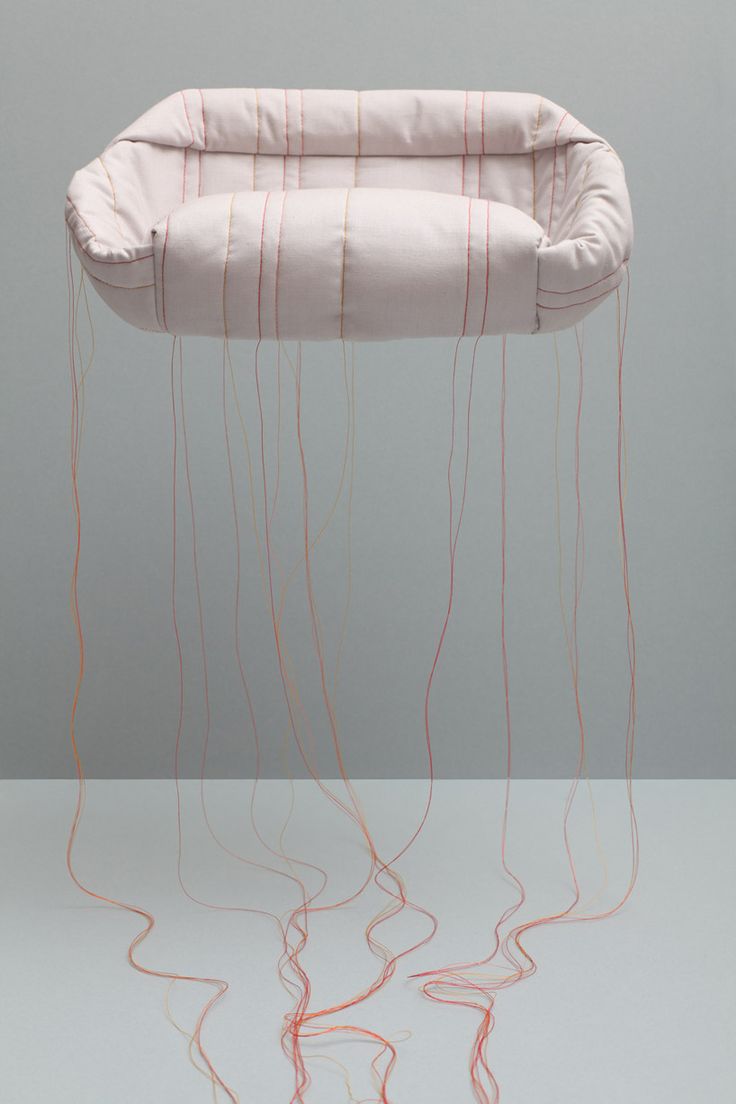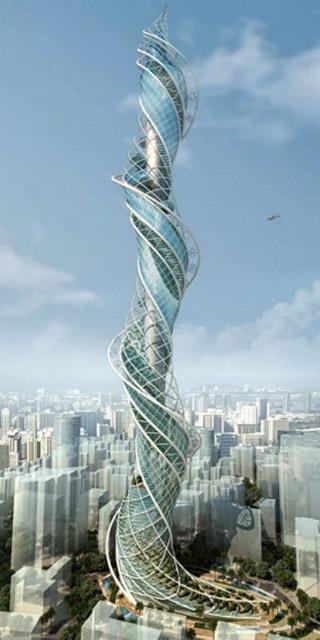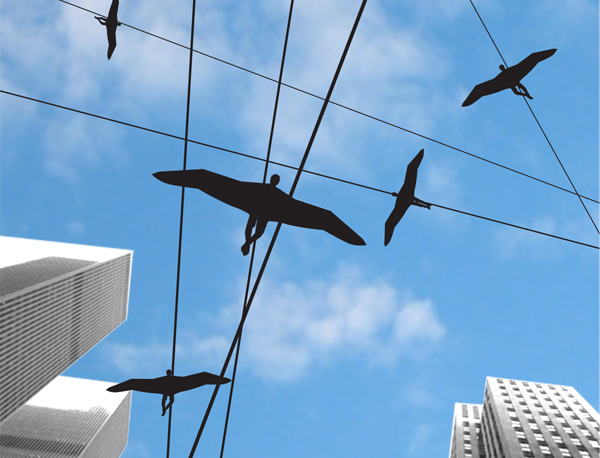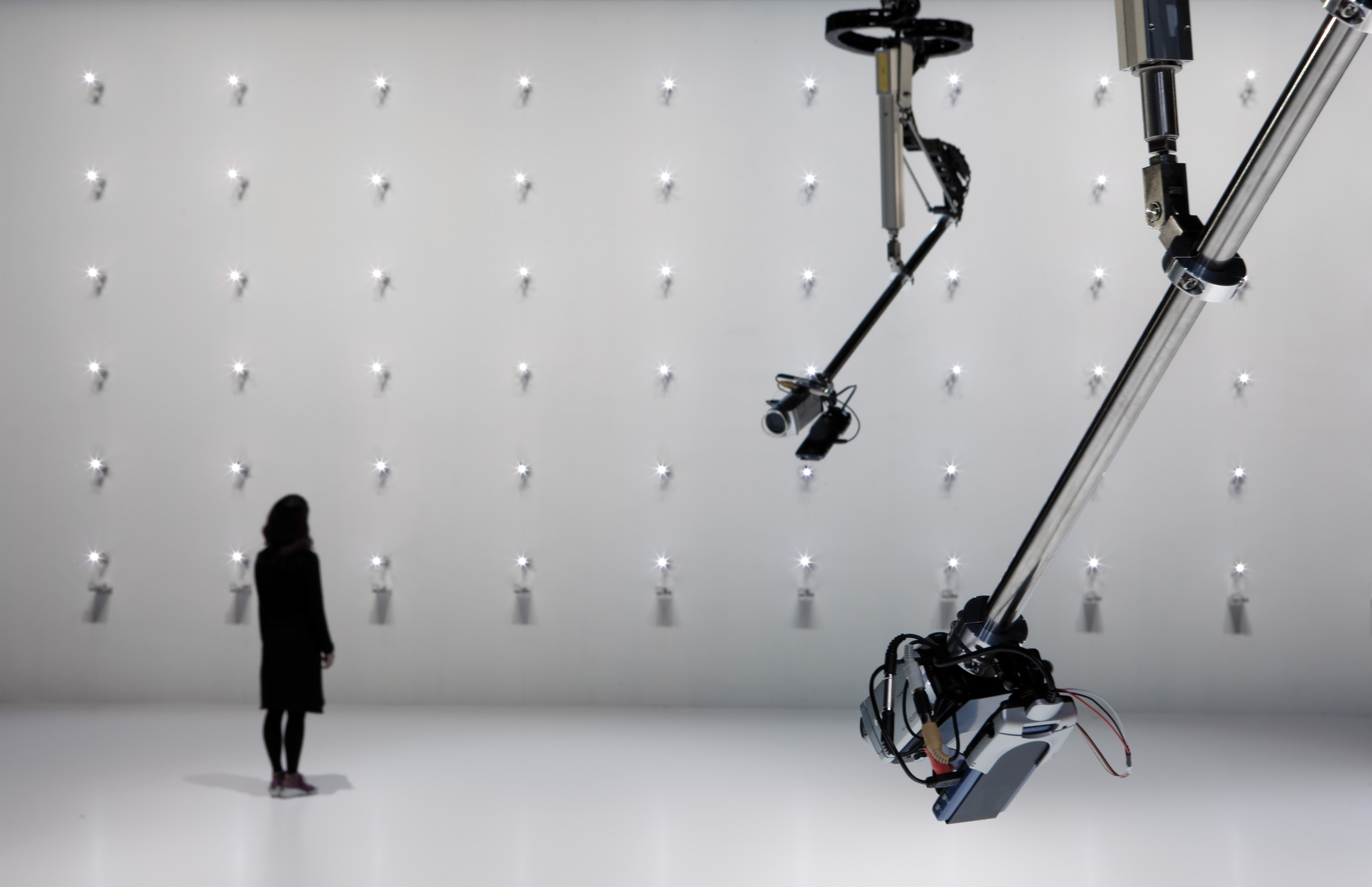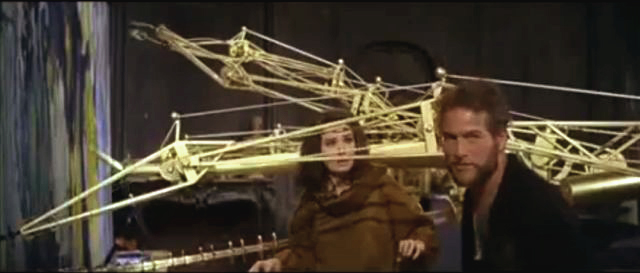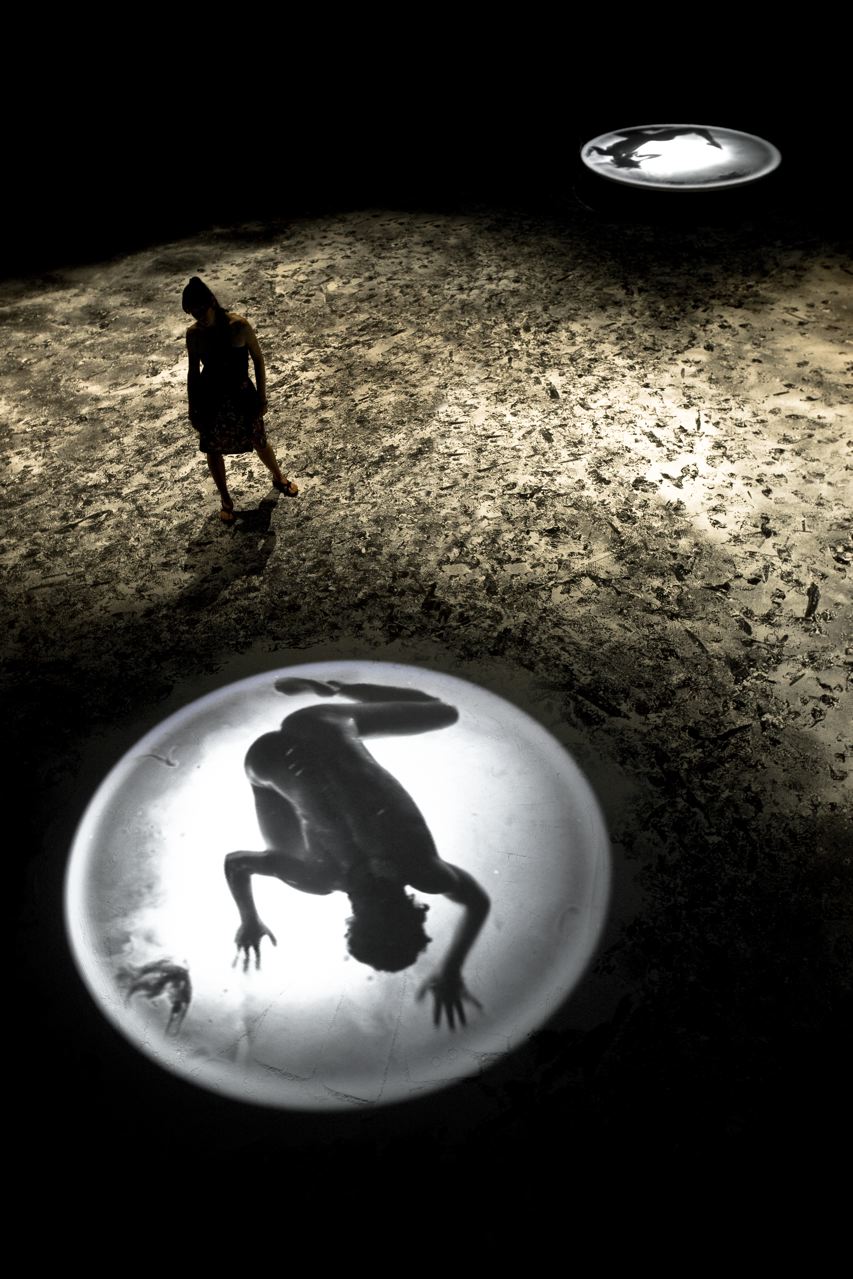
KEITH ARMSTRONG
Shifting Intimacies
An interactive/media artwork for one person at a time. Each participant enters a large, dark space containing two circles of projected film imagery presented within an immersive sound environment. One image floats upon a disc of white sand and the other on a circle of white dust. Participants’ movements direct and affect the filmic image and spatialised audio experience. Throughout the work a layer of dust (an artificial life form) slowly eats away and infuses itself deep into the imagery and sound. Each person has 10 minutes alone with the work. Their movement through the space continually affects speed, quality, balance and flow within the work. At the end of the experience they are invited to climb a lit platform and cast dust back onto the images below.



